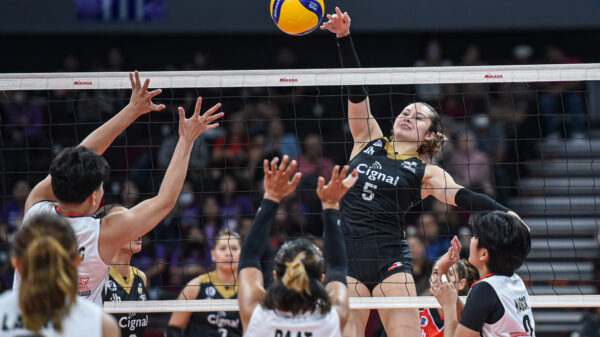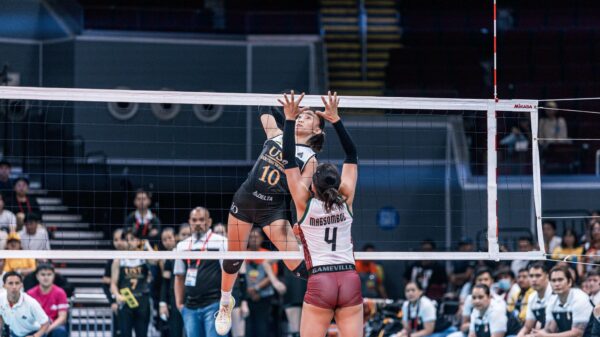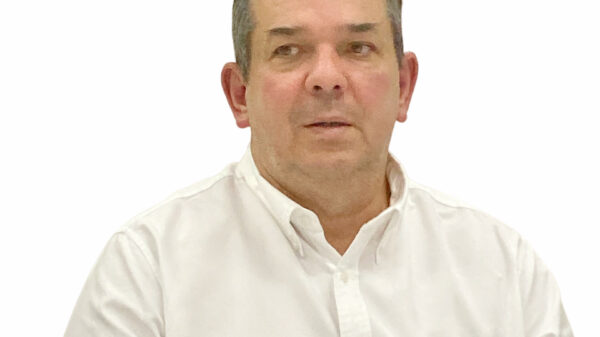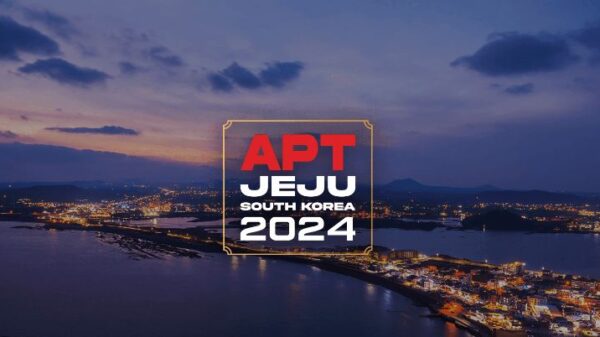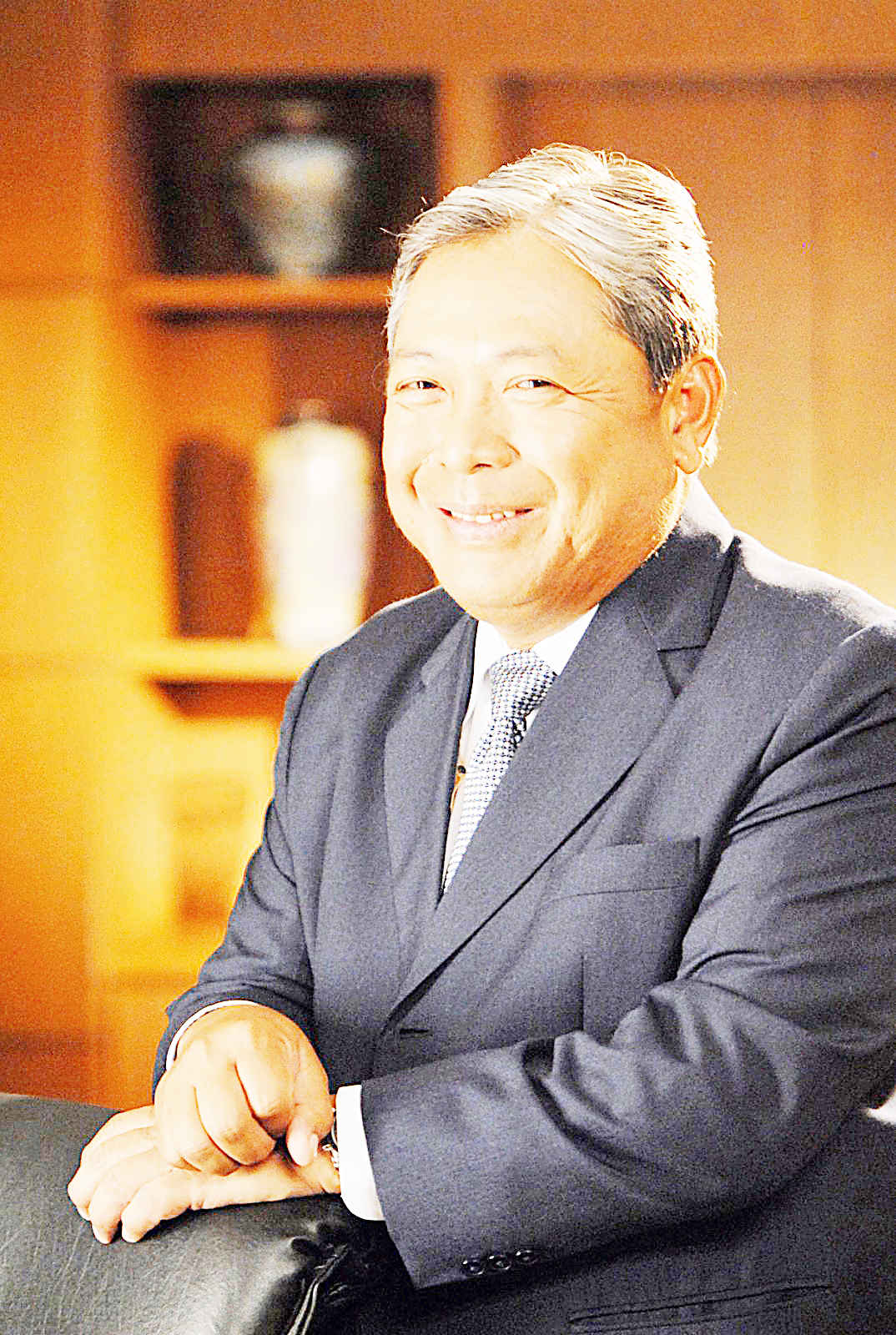The Philippine Department of Transportation is crafting a roadmap to accelerate the transition from gas-fueled public transportation to electric vehicles. It’s a bold move, not without its challenges, but one that holds the promise of a cleaner, greener future for the archipelago nation.
Transportation Secretary Jaime Bautista has echoed the urgent need for this shift.
“We want a green transport system to be in place sooner,” he said, underscoring the government’s commitment to a sustainable future.
To grease the wheels of this transition, the DoTr is considering incentives such as tax breaks and soft loans to aid transport operators in their shift to EVs.
Bautista has urged operators to embrace full electric technology, signaling a departure from the widely used Euro 5 and Euro 6 engines.
This electrifying transition forms part of the broader public utility vehicle modernization program.
The aim? To transform the public transport system and make it safer, more dignified, and environmentally sustainable, aligning with global standards.
However, this sweeping change doesn’t stop at jeepneys. The program encompasses other vehicles used in public transport as well, signaling a holistic approach to sustainable transit.
Earlier this year, the government took a crucial step by issuing Executive Order 12, reducing tariff rates for certain EVs from 5-30 percent down to zero.
This move was designed to aid the country in adapting to e-vehicle usage and decreasing carbon emissions.
Yet, a note of discord has struck.
EO 12 excluded e-motorcycles from the list of EVs receiving zero percent import duties, despite motorcycles holding a significant share of road users in the Philippines.
Stakeholders have appealed to the government to make the EO more inclusive by including e-motorcycles, with Edmund Araga, president of the Electric Vehicle Association of the Philippines, saying that this inclusion would provide opportunities for local manufacturers.
The shift from petroleum-fed transportation to EVs is seen as a critical step in decarbonizing the environment and improving air quality.
Moreover, the Department of Energy plans to roll out almost 2.45 million EVs and 6,500 EV charging stations nationwide between 2023 and 2028, further solidifying the country’s commitment to electric mobility.
With almost 7.81 million registered motorcycles and tricycles in 2022, there is a massive potential market for e-motorcycles. If this sector can be tapped effectively, it could have significant implications for local industry, pollution reduction, and the overall shift to cleaner transportation.
The future of Philippine transportation, it seems, is electric.
It’s a journey filled with potholes and roadblocks, but with careful navigation and a commitment to a cleaner, greener future, the destination is clear: the Philippines powered by sustainable, electric mobility.
The road ahead is electrifying. The journey has just begun.



